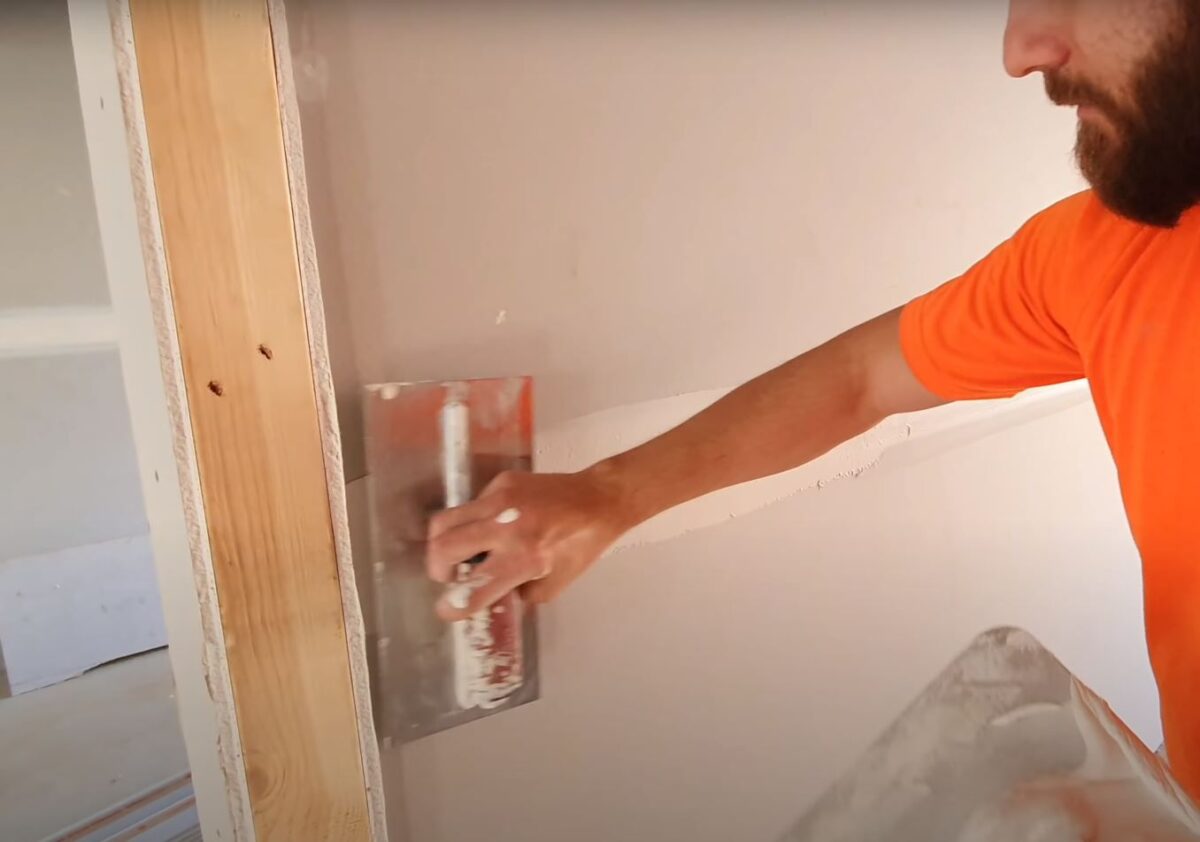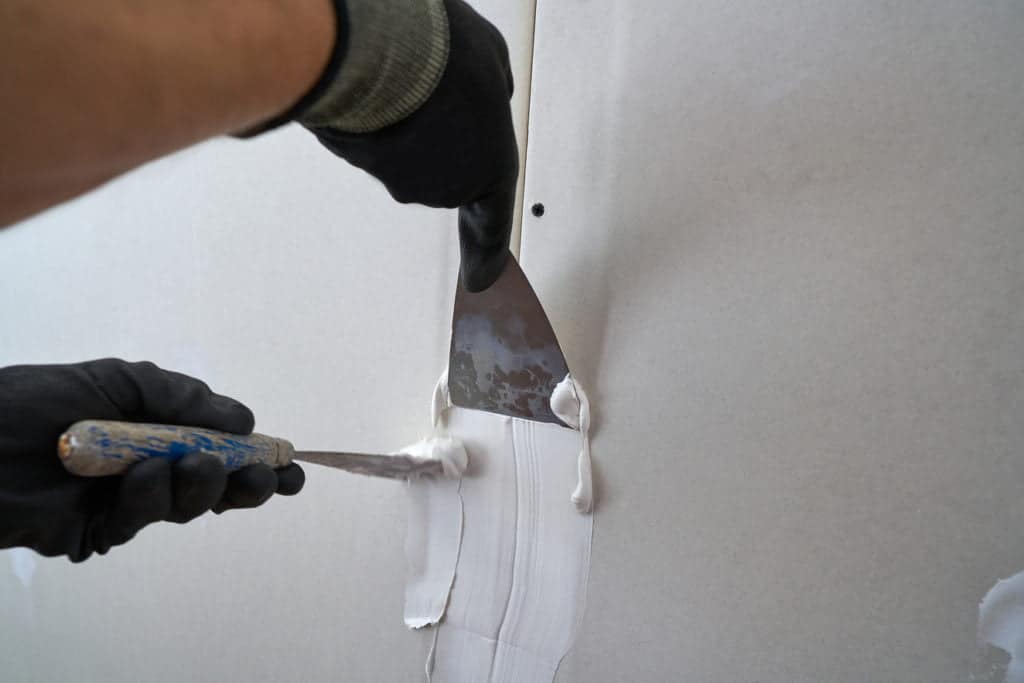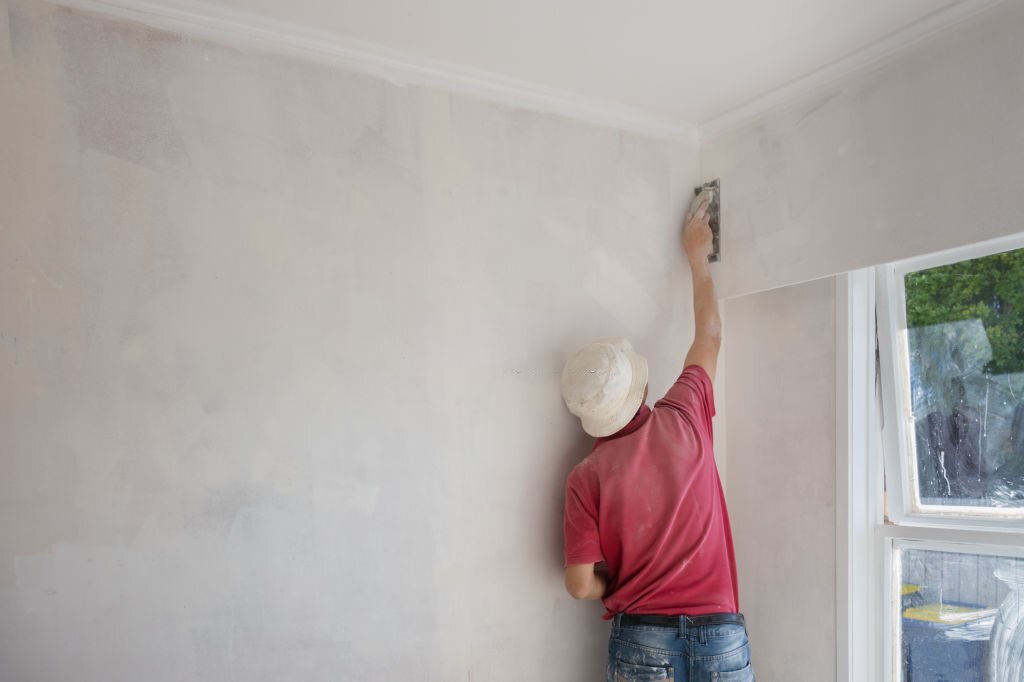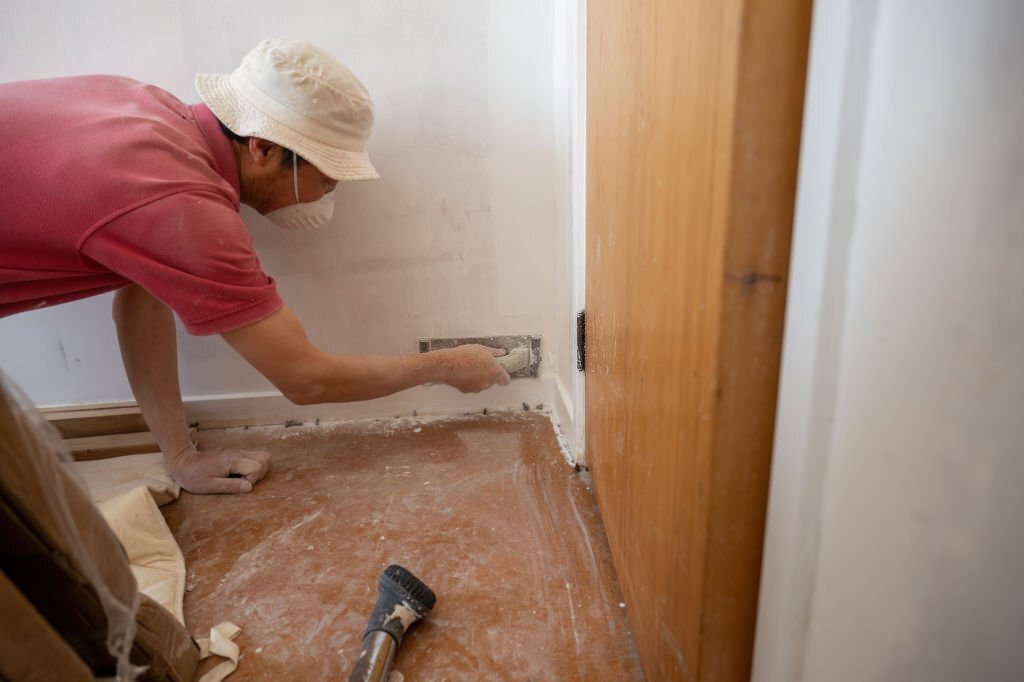How Long Does Gib Stopping Take to Dry? A Comprehensive Look from Auckland’s Perspective
Gib Stopping: Beyond Just Applying Plaster
Before diving into drying times, it’s essential to grasp the role of gib stopping. While it might seem like a simple process of covering seams between plasterboards, it’s a meticulous art ensuring walls look flawless and are ready for decorating.
Auckland’s Diverse Climates and Gib Drying
Given Auckland’s unique geographic spread, from the humid beaches of Piha to the gusty terrains of Mount Eden, drying times can vary. General rule: drier conditions hasten the process, while humidity may delay it.
- Central Auckland: Being more inland, areas like Grey Lynn and Kingsland might see quicker drying times, usually between 24-48 hours.
- Coastal Regions: Suburbs like Devonport, with their salty sea breezes, might require a touch more patience, edging towards 72 hours.
Pricing the Process: Auckland’s Gib Stopping Costs
Though not purely about drying times, costs can influence decisions:
- Standard Stopping: In areas like Papakura, you’d be looking at around NZD $20-$30 per square metre.
- Specialised Finishes: Over in more posh localities like Remuera, bespoke services might push costs upwards of NZD $45 per square metre.
Navigating Council Bylaws and Consents
While gib stopping might seem rudimentary, Auckland’s unique blend of old and new homes means council bylaws occasionally come into play:
- Historic Suburbs: In Parnell, certain heritage homes may require consent before extensive gib stopping, to ensure historical integrity isn’t compromised.
- New Developments: Areas like Flat Bush might lean more on eco-friendly materials, leading to specific guidelines.
Consent costs typically hover between NZD $1,000-$2,500, varying based on project complexity.
Environmental Stewardship in Gib Stopping
Opting for eco-friendly stopping compounds isn’t just about the environment. They often contain fewer toxins, benefiting indoor air quality and overall health. Furthermore, sustainably sourced materials reduce strain on the environment, aligning with Auckland’s broader green initiatives.
Key Takeaways
- Drying times for gib stopping vary based on location and climate, ranging from 24-72 hours in Auckland.
- Prices fluctuate based on the finish and suburb-specific demands.
- While often straightforward, council consents might be needed, especially in historic or new development areas.
- Green gib stopping materials offer both environmental and health benefits.
FAQs
- Why does coastal humidity affect gib stopping drying times?
- Moisture in the air can slow down the evaporation process of the plaster compound.
- Are there any rapid-drying gib stopping solutions available?
- Yes, certain compounds are formulated to dry faster, but they might come at a higher cost.
- How do I know if my Auckland suburb requires consent for gib stopping?
- Checking with the local council or your plasterer will provide clarity. They’re usually well-versed in bylaw nuances.
- Why might eco-friendly gib stopping materials be beneficial for my Auckland home?
- Apart from environmental benefits, they often promote better indoor air quality.
- If it rains post gib stopping, will it impact the drying process?
- Indoor gib stopping isn’t directly affected by rain, but increased humidity might prolong drying times.
Auckland’s tapestry of homes, each with its unique charm, often requires the finesse of gib stopping. And while it might be tempting to take a DIY route, the nuances in drying times, council bylaws, and the sheer art of the process underline the value of a seasoned Auckland plasterer. In a city as vibrant and varied as Auckland, every detail counts.



